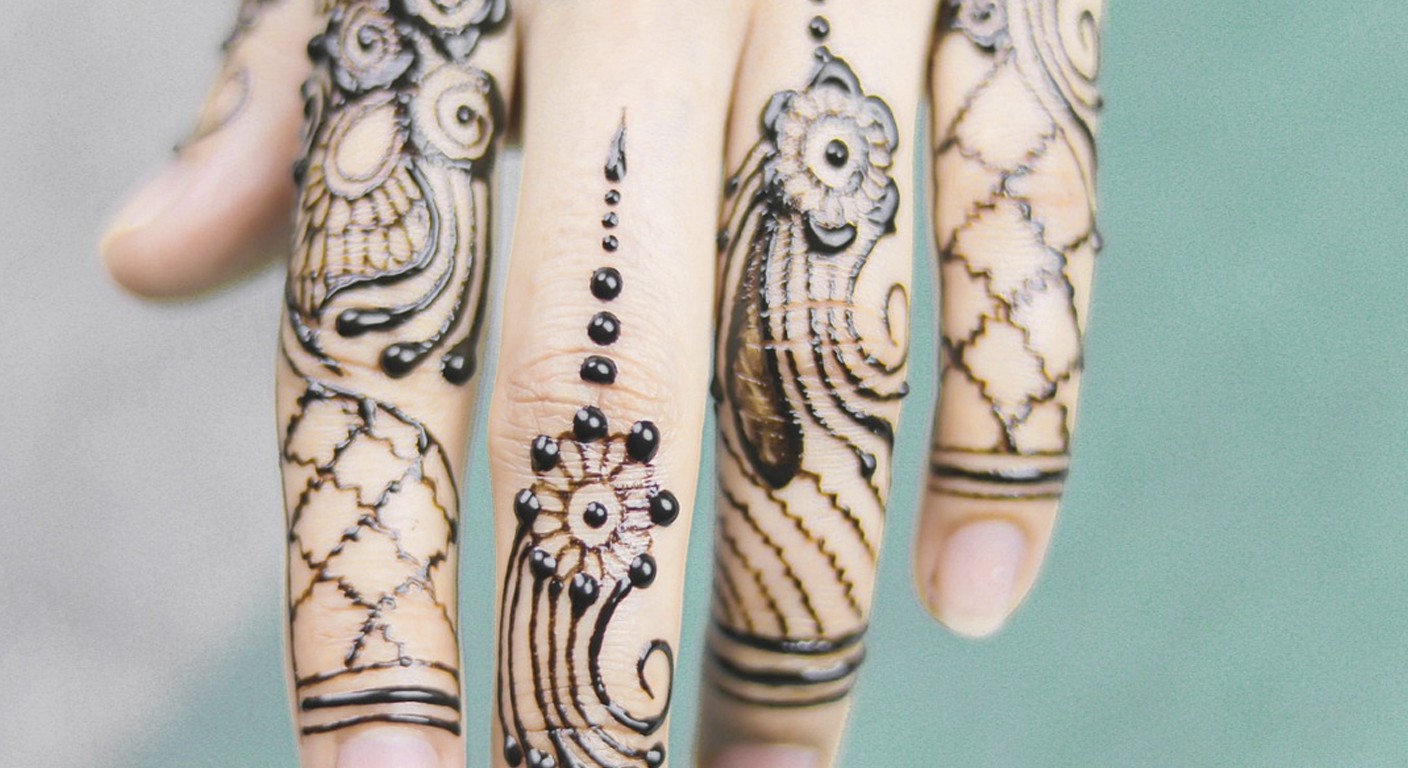
Imagine trying to explain “art” to someone who doesn’t have a specific word for it in their language. It sounds like a philosophical riddle, yet it’s a linguistic reality for many traditional societies around the globe. Our Western understanding often separates art into its own distinct category—something to be displayed, admired, and analyzed for its aesthetic merit or individual expression. But what happens when that separation simply doesn’t exist?
This isn’t about whether a group of people has creative expression; virtually all human societies engage in some form of aesthetic practice. Instead, it’s about how they categorize and integrate these practices into their daily lives and belief systems. For many cultures, what we might label “art” is simply an integral part of ritual, storytelling, social status, utility, or spiritual practice, woven seamlessly into the fabric of existence.
Consider the Kuba people of the Democratic Republic of Congo. Their famous textiles, intricate carvings, and elaborate masks are breathtaking in their complexity and beauty. Yet, a direct equivalent for “art” in the Western sense is absent from their language. A carved wooden cup, for instance, isn’t just an object of aesthetic contemplation; it’s a functional item, imbued with the skill of its maker, often carrying symbolic weight and sometimes even embodying spiritual power. The meticulous patterns on raffia cloth are not merely decorative; they convey information about tradition, status, and lineage. The act of creation is valued, and the aesthetic qualities are recognized, but these elements are inseparable from the object’s function, its cultural narrative, and its place within the community.
Similarly, in many Aboriginal Australian cultures, the intricate rock paintings, bark paintings, and body adornments that fill our galleries are not seen as “art” in isolation. These works are often direct visual representations of the Dreaming—ancestral creation stories that are simultaneously history, law, morality, and geography. A dot painting, for example, might be a complex map of sacred sites and ancestral journeys, carrying deep spiritual significance. The act of painting is often a ritual itself, a way of connecting with the ancestral past and maintaining the spiritual health of the land and people. To extract these objects from their functional, spiritual, and storytelling contexts and simply call them “art” risks stripping them of their profound meaning.
Across the Pacific, the Māori of Aotearoa (New Zealand) produce highly skilled carvings (whakairo), weaving (raranga), and tattooing (tā moko). These practices are deeply embedded in whakapapa (genealogy), mana (prestige), and wairua (spirituality). A beautifully carved meeting house (wharenui) is not just architecture; it is an ancestor, its various parts representing different body parts, its carvings telling stories of lineage and historical events. A finely woven cloak (kahu huruhuru) bestows status and warmth, but also carries the mana of its wearer and maker. The skill, the beauty, the intricate detail—all are deeply appreciated and celebrated. However, these are fundamentally expressions of cultural identity, lineage, and connection to the spiritual world, rather than a separate category of “art.” The closest concept might be toi, which encompasses skill, knowledge, and creative expression, but still lacks the distinct, aesthetic-centric separation of the Western “art” label.
So, what do these human societies use instead? They often employ words that describe the act of making, the skill involved, the function of the object, or its meaning within a specific context. Words might translate to “things made well,” “things used for ceremony,” “things that tell stories,” or “things that carry spirit.” The emphasis shifts from an abstract concept of “art” to the concrete integration of skilled making into daily, ritual, or spiritual life.
This perspective reveals a significant insight: the Western concept of “art”—a separate sphere for aesthetic objects, often created by an individual genius and appreciated for beauty or concept alone—is itself a specific cultural construct. It arose from particular historical, philosophical, and economic developments, creating a distinct category of human endeavor. When we encounter cultures without this distinct category, it doesn’t mean they lack creativity or a sense of beauty. On the contrary, it suggests their appreciation for aesthetic excellence is so pervasive that it doesn’t need to be cordoned off into a separate domain.
Understanding this difference allows us to broaden our own appreciation of human creativity far beyond the familiar confines of galleries and pedestals. It challenges us to look deeper, not just at the surface aesthetics, but at the interwoven layers of meaning, function, and community that infuse every meticulously crafted object, every performed ritual, and every spoken story. Perhaps, in these cultures, life itself is the most profound canvas, and every skilled, meaningful act a brushstroke.